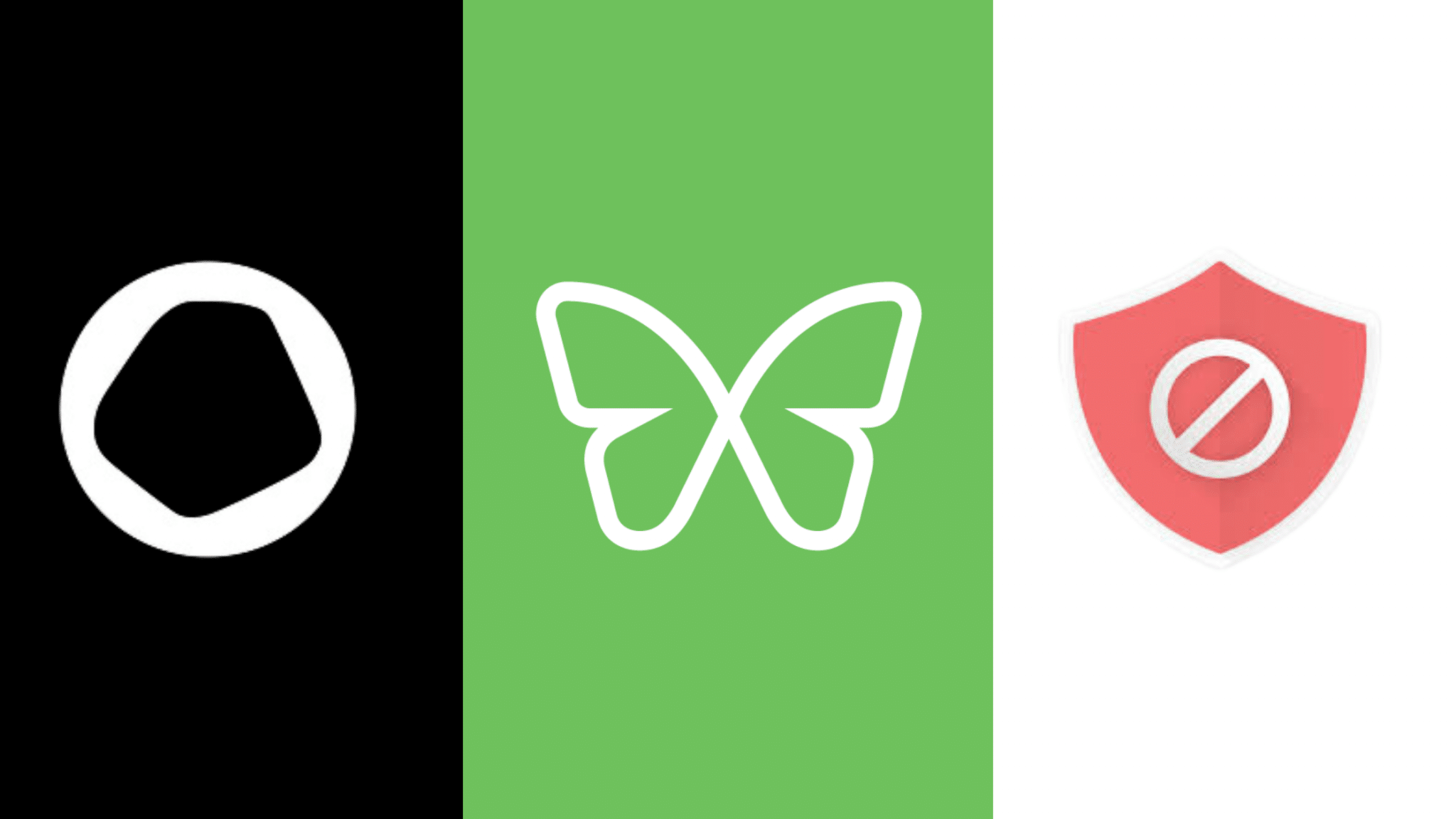Meaningful Shifts and Attention Monopolies: Tracking the Freedom iOS Situation

Steven Melendez of Fast Company has written a detailed piece on Freedom’s removal from the App Store. We’re glad to see coverage of this issue – and to see the article picked up by MacObserver and CNET’s The Download. Melendez writes:
Users of the Durham, North Carolina, company’s desktop and smartphone apps or browser extensions can choose to block Facebook during business hours, filter out YouTube after dinner, or lock out the entire internet during a busy workday. But late last month, the company announced that the app had been removed from the iOS App Store, under Apple policies that limit how apps can filter content in other apps.
Freedom’s iOS app used the platform’s support for virtual private network technology to block access to internet addresses associated with particular apps. For instance, the app could block connections to facebook.com from the Facebook app or Safari, or it could block addresses used by streaming platforms to serve up content. Unlike traditional VPNs that protect privacy by routing internet traffic through encrypted tunnels to secure servers, Freedom didn’t actually send traffic through its own computers. Instead, explains CEO Fred Stutzman, “It uses the VPN API to basically decide what traffic is going to leave the phone, and what traffic is not going to leave the phone.”
Appropriately, the article presented both sides of the story – why consumers would want an app like Freedom, and why Apple might want to suppress Freedom. We’d like to take a moment to correct and amplify a few points.
Communication issues?
The CNET and MacObserver pieces both focus on Apple’s lack of communication regarding the removal (“Apple Won’t Say Why It Blocked AdGuard and Freedom”). While it may be true that Apple did not communicate with the reporters, they did communicate with us – even calling us on the phone. As we reported in our blog post, the reason for removal was a policy change stating that apps may not “block ads or other content in a third-party app.”
Our issue is not a lack of communication regarding the policy, it is the selective enforcement of this policy. As of this writing, Freedom has been out of the App Store for a month, while adblockers and other tools that use the exact same technology remain in the store. The difference is our product provided the model for Apple’s ScreenTime.
VPN’s and Sandboxes
The articles also raise a valid question about Apple’s sandboxing policy. Sandboxing is the general principle that apps should only interact with each other through API’s. We support sandboxing – it is great for security and privacy – and our apps have always followed Apple’s rules regarding sandboxing for the 3.5 years we were in the App Store. But there is a conflict here – a VPN will always “affect” other apps because it carries network traffic.
How, then, do VPN’s and Sandboxing coexist? The only way to do this is to make specific rules around what VPN’s can and can’t do. For example, a VPN can only neutrally carry traffic, it can not slow down or otherwise filter traffic, and so on. And in this case, Apple has created these rules – content in a third-party app can not be blocked or otherwise restricted. And if that is the rule, we will certainly follow it. But this rule should be applied fairly across all apps – and not targeted at digital wellness apps, as is the case here.
A monopoly on attention
Meledez writes:
Still, the shift underscores how Apple can, with little advance notice, shift how developers and end users use its products, even after they’ve purchased them.
By changing policy, Apple has shifted our rights and capabilities in non-trivial ways. One example? Let’s say you used to use Freedom to block websites on Google Chrome for iOS. By removing Freedom, a consumer no longer has the ability to block websites on Chrome, and must use Safari if they want to block websites.
In addition, Apple has effectively closed the market for app-blocking tools. Going forward, ScreenTime – Apple’s product – will be your only choice for blocking apps, content, or other distractions. And by having a monopoly on the market, Apple unilaterally controls attention policy on billions of devices.
And as the only choice for consumers, ScreenTime has critical limitations. ScreenTime is built on a very simplistic “timer” policy that is targeted at the addiction problem-case. It does not strictly enforce app blocking, allowing consumers to easily bypass restrictions. And it is deeply buried in the Settings menu – hard to find and turn on. If Apple really wanted us to embrace ScreenTime, why did they not make it a first-class application like “Tips” or “Stocks?”
The path forward
The problems of device attention and distraction are societal scale. Apple’s monopoly control is a disservice to the “Time Well Spent” movement and hundreds of others working in the space. To effectively build solutions for these problems, Apple must open up an API for Digital Wellbeing, and allow developers to build solutions for the many problems associated with device use. Only then will we meaningfully embrace the gravity of the problem, and have the capacity and market incentive to build robust solutions.


